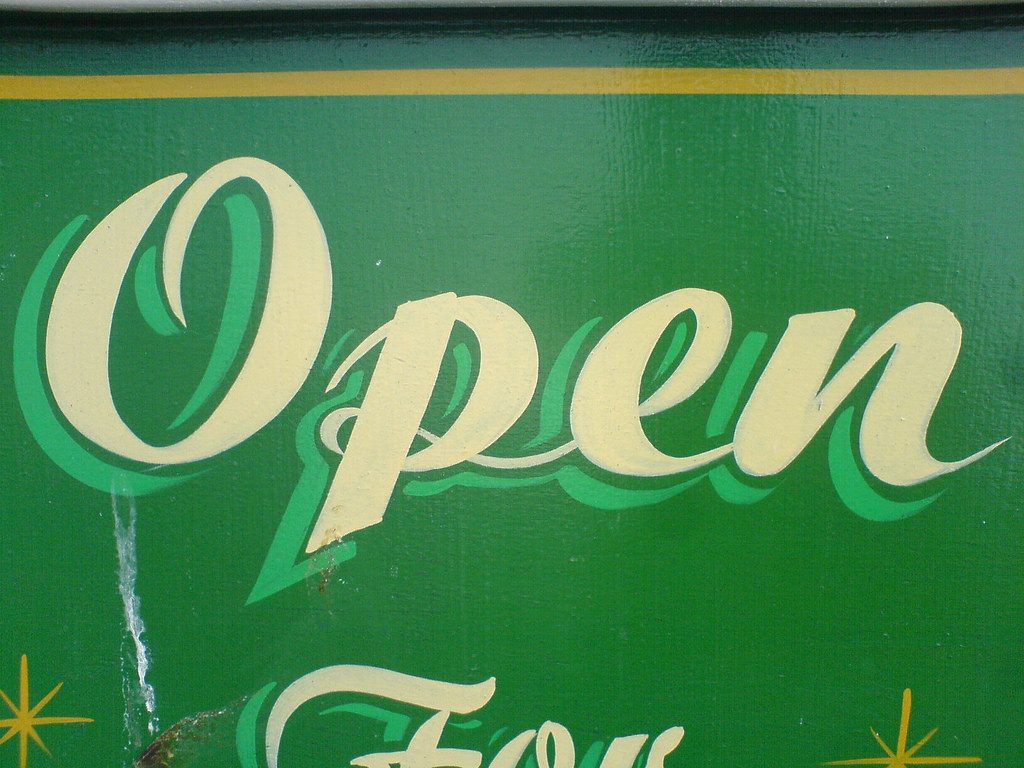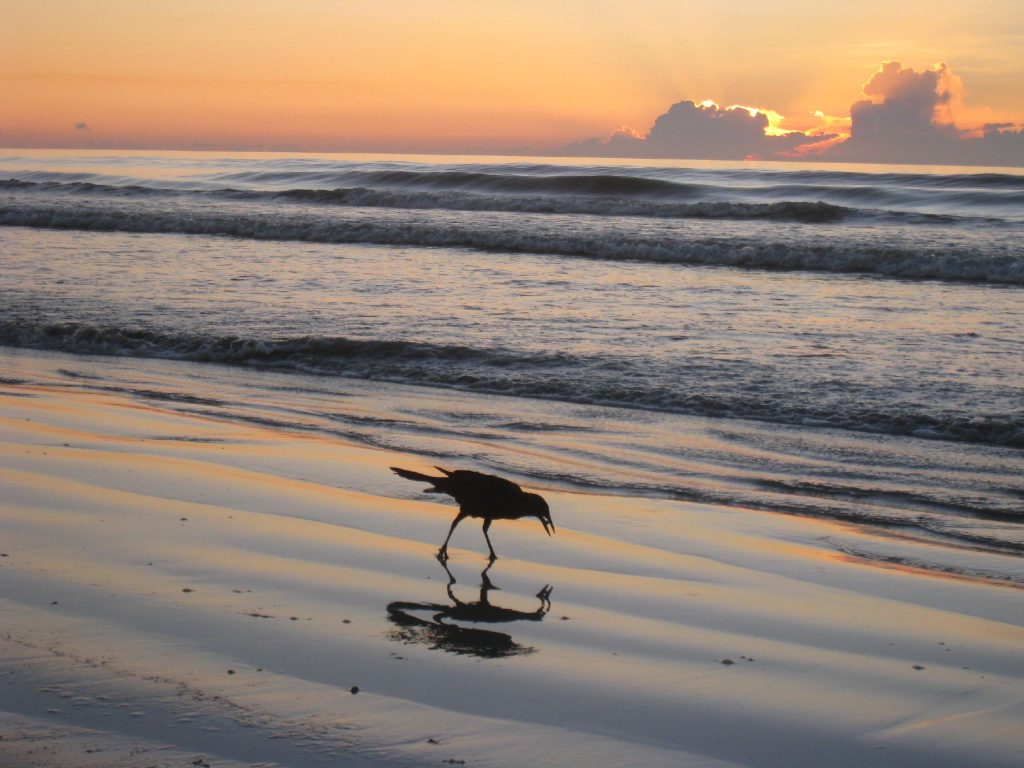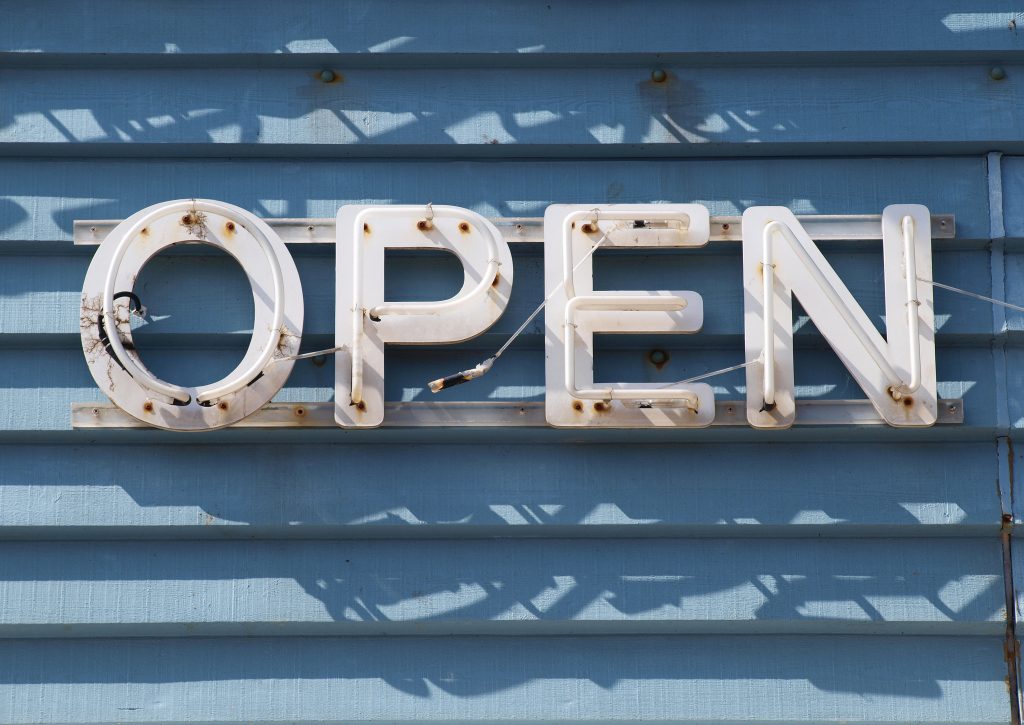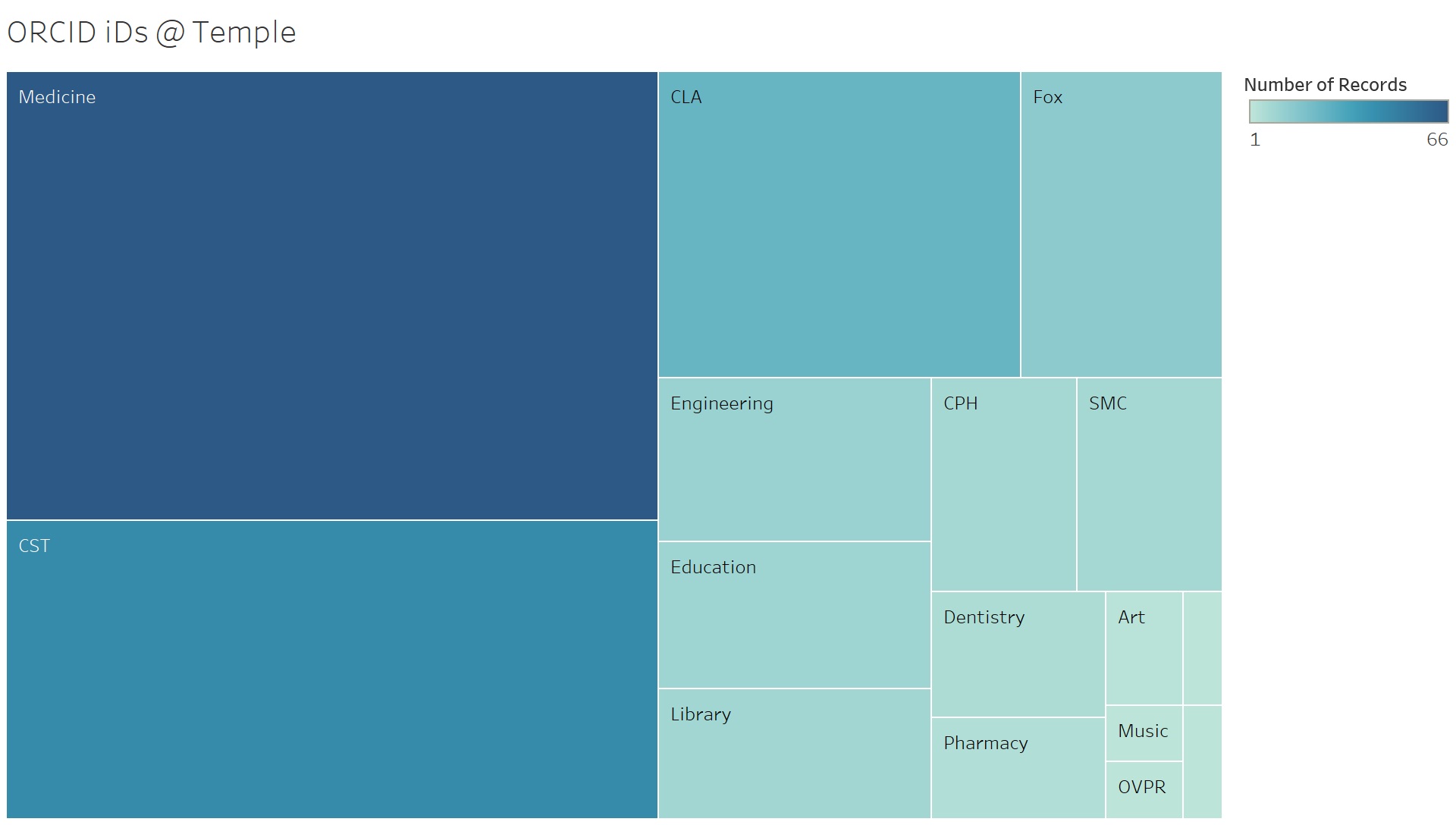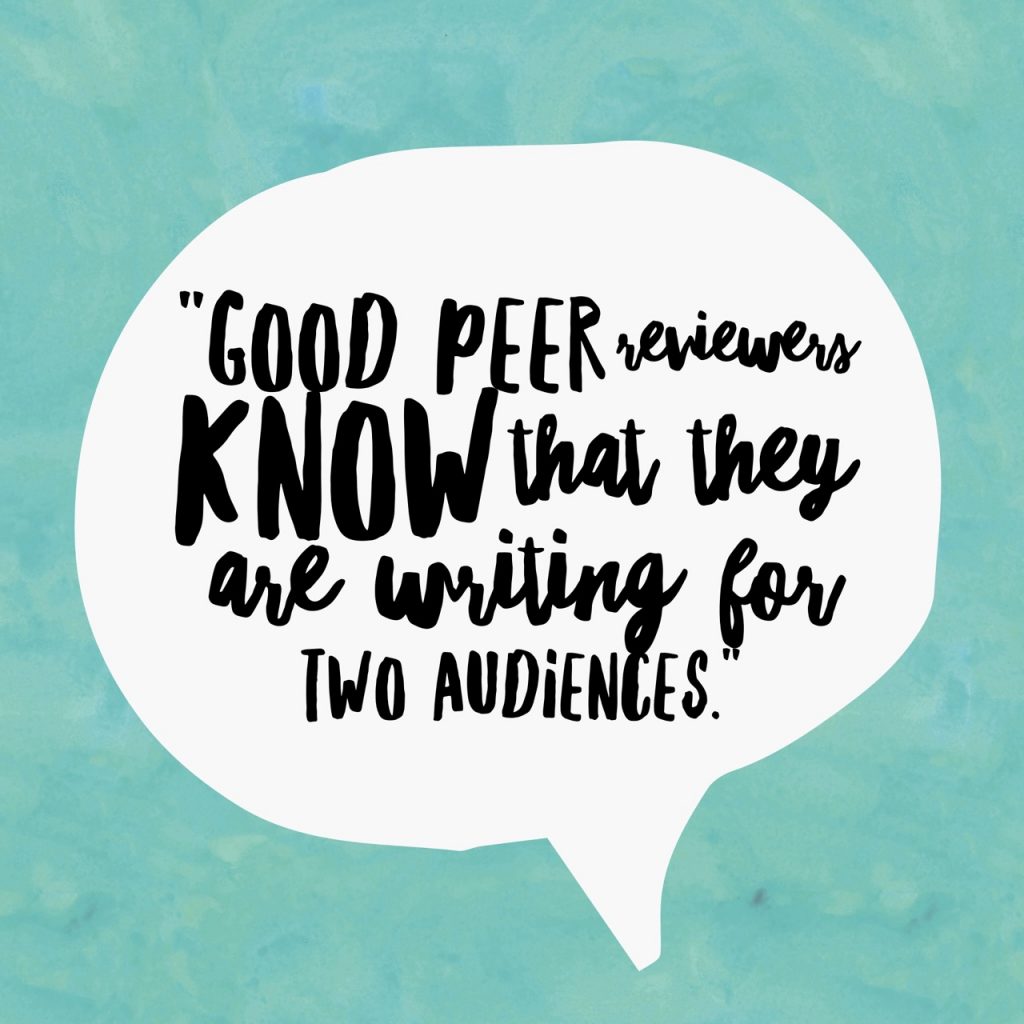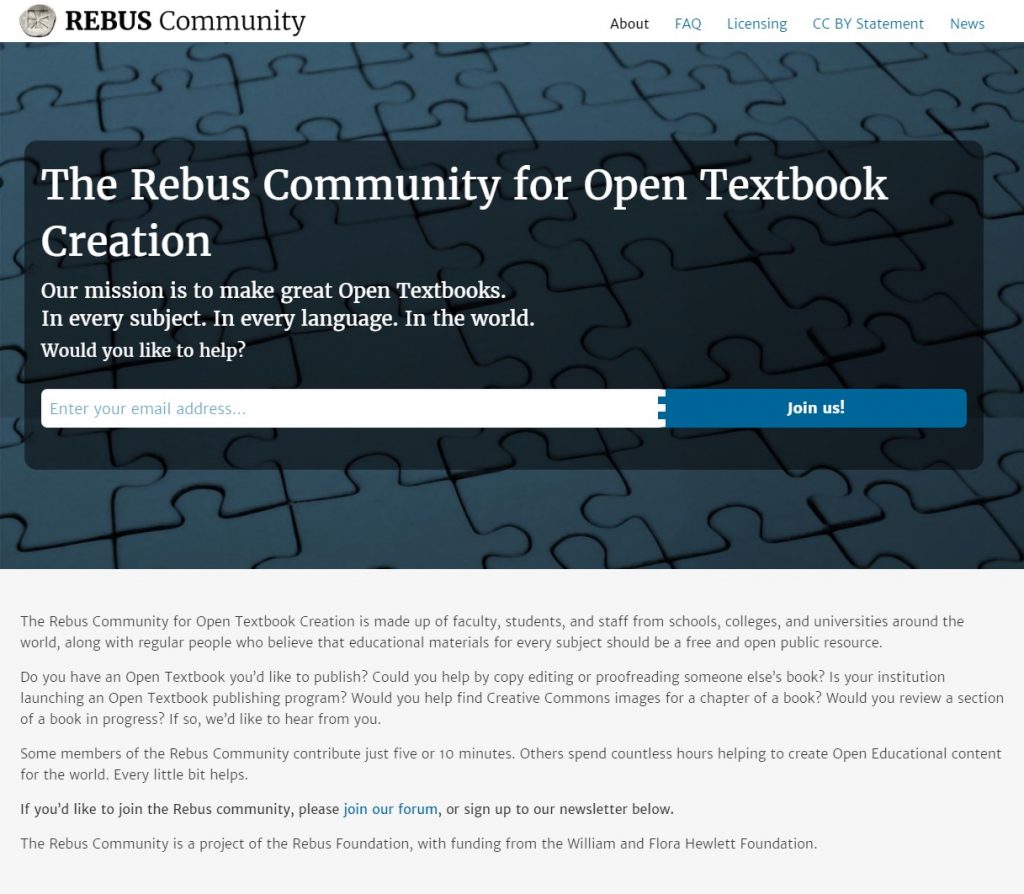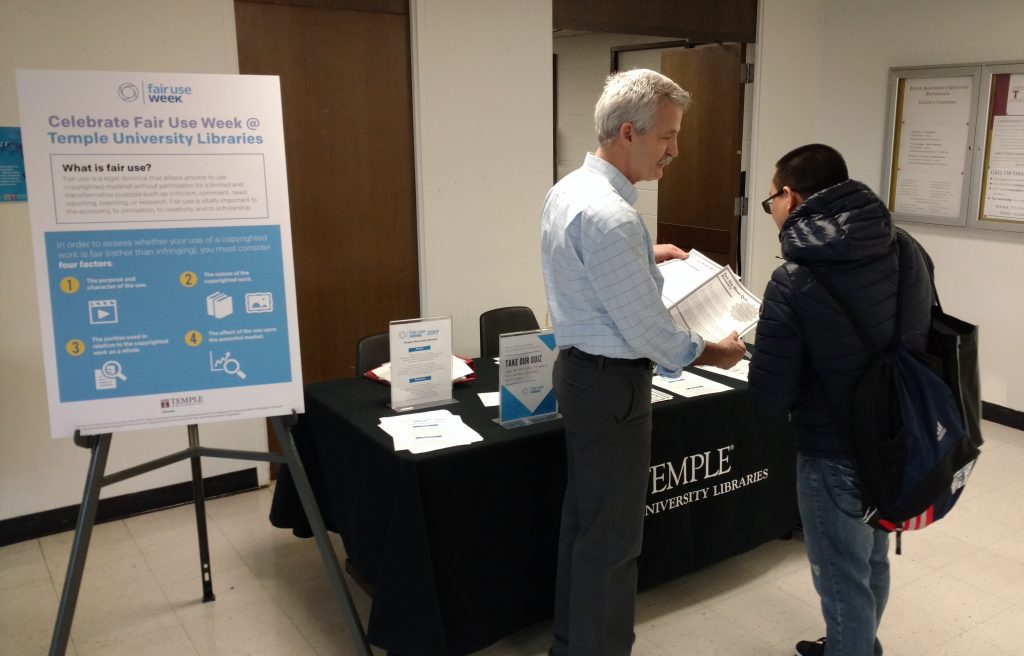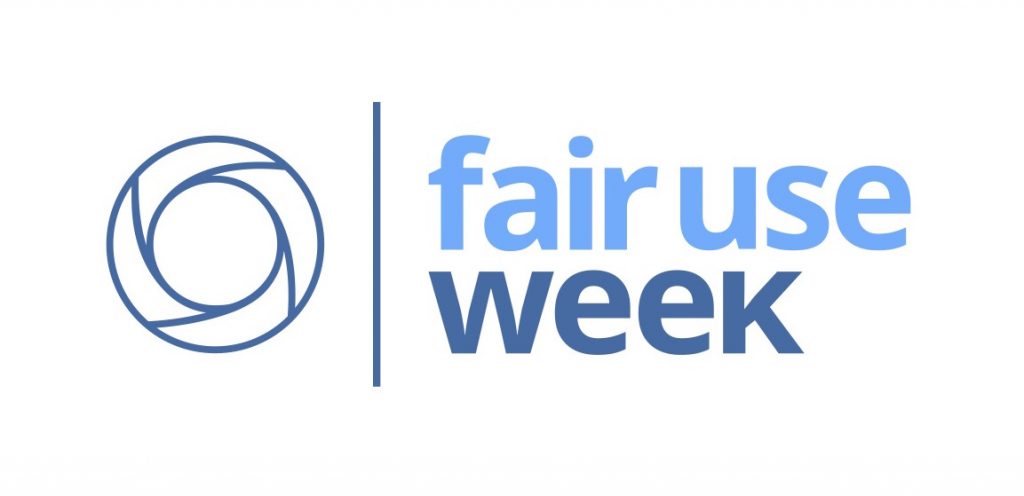“Open” by Russell Davies is licensed under CC BY-NC 2.0.
We are excited to announce that the Libraries will continue our Open Access Publishing Fund for 2017-2018. The fund is open to all current Temple faculty members. Current postdoctoral fellows and graduate students may also apply, as long as there is at least one faculty member listed as a co-author on the article.
The Libraries’ goal in starting an Open Access Publishing Fund is to promote new forms of scholarly communication. There are a rising number of high-quality open access publishers (see publication eligibility below for more information) whose business model depends on the fees they collect from authors (often referred to as article processing charges, or APCs). Authors are increasingly interested in making their work available open access, as it helps them reach new and wider audiences. However, the costs involved can be a deterrent. We hope this Fund will help remove this financial barrier, encouraging authors to experiment with new and innovative publishing models. Over fifty universities across the country currently maintain some kind of Open Access Publishing Fund.
Authors with a journal article that has been accepted or is under consideration by an open access publisher are encouraged to apply. Authors simply fill out a brief application with their information, a copy of the article, and a copy of the journal acceptance letter (if available). Funds will be available on a first come, first served basis. The Libraries will aim to make a final decision regarding the application within two weeks’ time. If the request is approved, Libraries will transfer funds to authors’ research fund or departmental account. The Libraries cannot reimburse authors or pay publishers directly.
Applicant Eligibility
- Applicants must be a current Temple University faculty member OR a current postdoctoral fellow/graduate student with a faculty member listed as a co-author.
- Applicants with external grant funding that could cover, either in whole or in part, the cost of any publication and processing fees are ineligible.
- Applicants must agree to deposit a copy of their publication in our Digital Library.
Publication Eligibility
- The publication must take the form of a peer-reviewed journal article.
- Publications in “hybrid” open access journals will not be supported.
- The journal must be listed in the Directory of Open Access Journals (DOAJ).
- The publisher must be a member of the Open Access Scholarly Publishing Association (OASPA), or clearly follow the membership criteria of the organization.
- Because the Libraries already cover 50% of the APC for BioMed Central journals, these journals are not eligible.
Additional Limitations
- Each applicant may request up to $1,500 total per fiscal year. This amount may be split across multiple applications so long as funds are available.
- For articles with multiple Temple authors, the per article payment is capped at $3,000.
- Funding will cover publication and processing fees only. Funds may not be used for reprints, color illustration fees, non-open access page charges, permissions fees, web hosting for self-archiving, or other expenses not directly related to open access fees.
- For applicants who have not yet submitted for publication, requests will be conditionally approved awaiting official acceptance by the publisher. All conditional approvals will expire six months after notification. Applicants must provide a copy of the acceptance letter before the invoice is processed.
- Fees are pro-rated for multi-authored articles. Co-authors from outside of Temple are not supported. If an article includes non-Temple authors, the APC will be divided equally among all authors and then the Temple authors’ portion will be funded. For example, if the APC is $2000, and there are four authors, two of whom are from Temple, the authors can apply for $1000 from the fund ($500 each).
Attribution Requirement
- Authors who receive support must include the following statement in their acknowledgements: Publication of this article was funded in part by the Temple University Libraries Open Access Publishing Fund.
Download a copy of the application form here.
Questions? Contact Mary Rose Muccie (maryrose.muccie@temple.edu) or Annie Johnson (annie.johnson@temple.edu).
